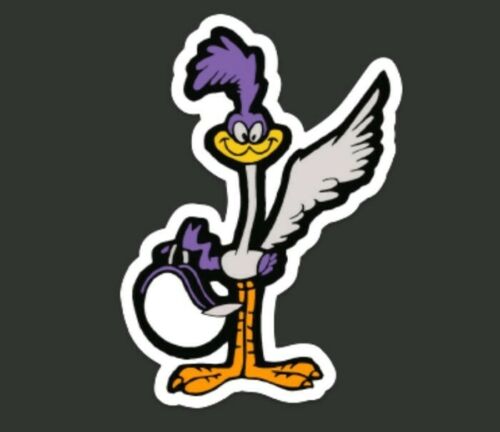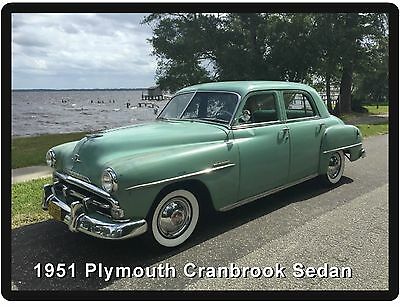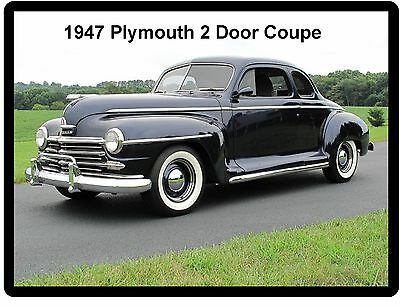-40%
1937 Plymouth DeLuxe brochure
$ 10.53
- Description
- Size Guide
Description
This is “The Biggest Value in Plymouth History,” a brochure for the 1937 Plymouth DeLuxe models. The brochure contains 24 pages and measures approximately 10.5 x 7.5 inches. It contains blue and white photos and illustrations, text and specifications for the various models.NOTE: FREE SHIPPING!!!
Plymouth was the #3 brand in 1937; it was the only American company to post gains every year during the Depression – indeed, the only automaker to post any gain at all in 1932.
Plymouth's 1937 lineup consisted of three cars, along with a new truck chassis. The cars were the P3, P4 and PT50. The P3 was the business model, with a removable pickup box on the business coupe. It did not have vent windows on the front doors, used painted dashboards rather than woodgrain, and had cheaper trim in general. Sheet metal was painted black unless the customer paid for a different color.
The P4 was one inch shorter in wheelbase in 1937 than the 1936 P2, yet was one inch longer overall (193 3/8 inches), and three inches wider; the cars were styled to look "plumper" than the narrow 1936 models.
The P4 (Deluxe) had an all-steel roof stamping, replacing the prior cloth inserts. A new hypoid rear axle let the company lower the driveshaft and, with that, end use of the "transmission hump;" gears were still helical cut to reduce manual-transmission effort (there was no automatic). The front suspension included a sway bar connected to the axle.
New shock absorbers, the same type used in airplanes, helped cornering; and simple triangle windows were put into the front doors. A considerable amount of effort was put into making all controls safer. As with all Plymouths, the 1937s used hydraulic brakes; new for 1937 was an altered steering gear which the company claimed resulted in both faster response and less effort.
The first commercial car, the PT50, was brought out in response to dealer demands; styled to look like a passenger car, it was a thinly disguised Dodge, riding on a truck chassis, with a wide variety of bodies. It could be had as a sedan delivery, pickup, wooden wagon, seven-passenger taxi, and even as a chassis cab.
All engines used the "Floating Power" system with insulated engine mounts, carefully placed, keeping vibration from the cabin; they also had air and oil filters (still not standard on all low-priced cars) and full-length water jackets. The compression ratio was 6.7:1, relatively high for the times. Rubber-insulated body mounts also helped reduce vibration inside.
The base engine for the cars was a 201 cubic inch L-head straight-six with 82 horsepower at 3,600 rpm, 145 lb-ft of torque at a mere 1,200 rpm, and a 6.7:1 compression ratio. An economy six was optional, with just 65 horsepower, to save on fuel.
The PT50 used a similar 201 cubic inch engine with 70 horsepower, also rated at 145 lb-ft of torque; while a small number of export models had a 170 cid engine. As was true of all Plymouths up to 1940, the engine, bell housing and transmission could be painted either silver or black.
Jim Benjaminson wrote that 1937 was the best year for most of the industry since the all-time record year of 1929. "Following the terrible years of the Great Depression, it had everyone smiling. Plymouth had built and sold a record 566,128 vehicles, setting a record that would stand until 1950."











